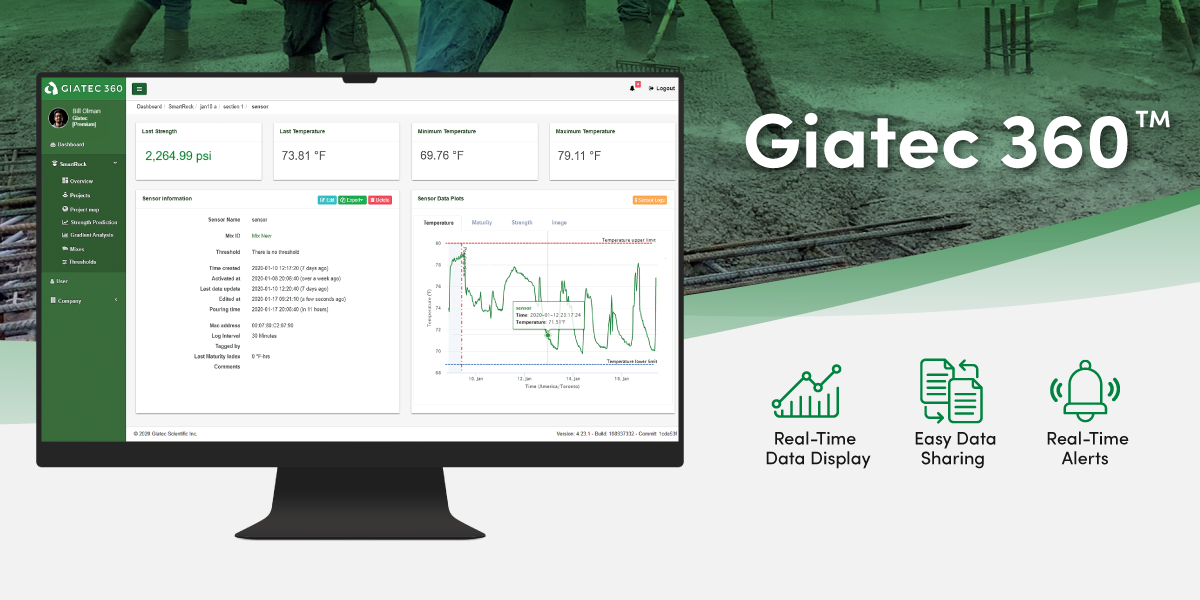Gaza, a small self-governing Palestinian territory located on the eastern coast of the Mediterranean Sea, is no stranger to war. Over the past 10 years, Gaza has experienced three conflicts that had left the territory in shambles. The aftermath of the last Gaza war left in its wake piles of rubble that once stood as welcoming homes and structures.

Rather than viewing these mounds as reminders of the destructive past, an all-female team of engineers have decided to turn lemons into lemonade. They have invented an affordable new way to produce concrete from the leftover rubble of the Gaza Wars that can be rejuvenated into the buildings that will decorate our future.
After the most recent assault on Gaza in 2014, it was estimated that approximately 120,000 residential units were fully or partly destroyed. UNRWA reported a total of 1.5 million tons of concrete was needed to rebuild Gaza. While 71,000 of these have already been rebuilt, there are still more than 57,000 housing units in need of re-building – and not all of the rubble from these destroyed homes had been cleared. A huge hindrance in the speed and pace of reconstructing Gaza is the restriction of cement importation into the territory following the 2014 war. Essentially, cement is a scarce resource in Gaza and alternative options need to be explored.
The team, who consists of Nour Buhaisi, Aya Abu Hashish, Rahma Ashour, and Angham Elmadhoun, are looking to scale their operation for mass production and get a contract with a non-government organization or private company. The group aspires to provide the well-needed alternative towards Gaza re-construction in place of the expensive and time-consuming process of importing construction materials –relying instead on the recycled materials extracted from the rubble.
The impressive and inspirational group of engineers made their first formula while they were still student pursuing their undergraduate degrees and after 11 months of pain-staking scientific experiments, they finally compiled their first sample! This was done by gathering 44 pounds of glass and crushing it in a laboratory. “In any neighborhood, you might find dozens of hills still littered with free-standing crushed concrete blocks and wide areas scattered with broken glass. The fact that the glass is a not an eco-friendly component [to produce], made us feel that our project is an increasingly bright idea,” Buhaisi stated.
Once the glass was mechanically ground for 15 hours, resulting in a fine powder, cement was then combined with cement, silica fume, crushed concrete blocks and fly ash from spent coal. After compacting the mixture under high pressure, the engineers were surprised to have produced a durable concrete – on their first try!
Source: Engineers in Gaza convert the rubble of war into concrete for rebuilding








